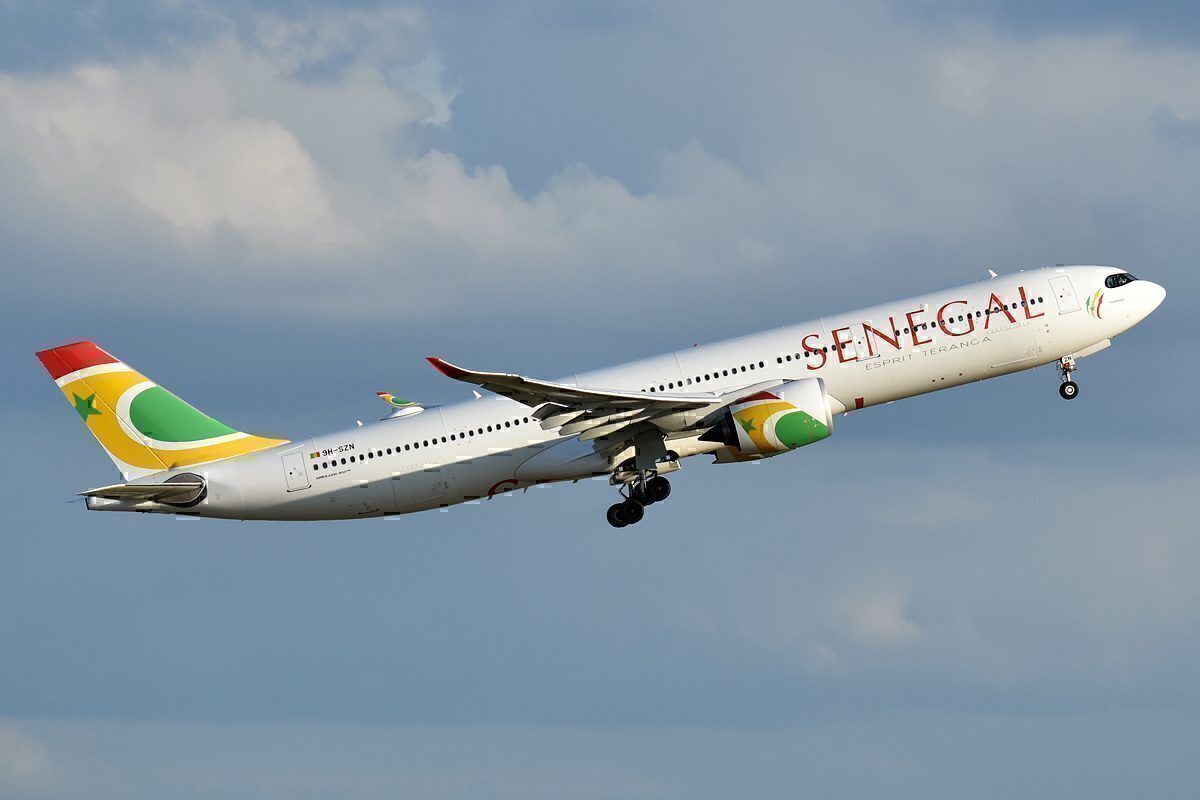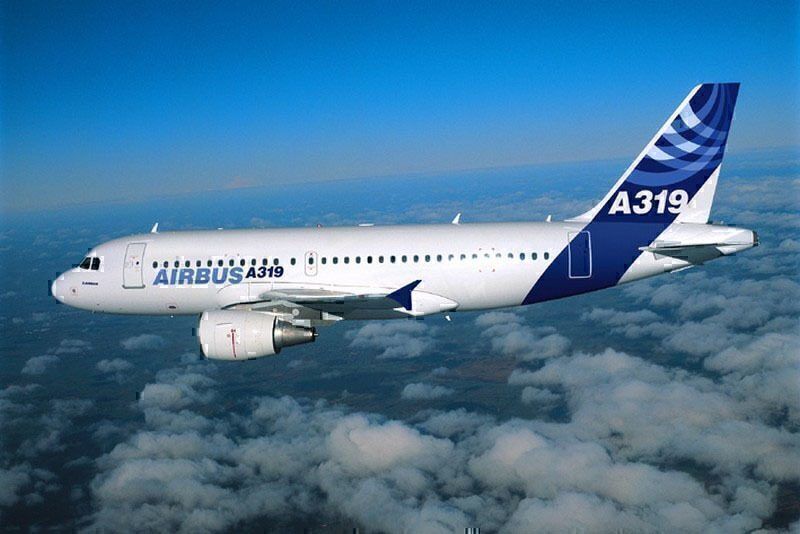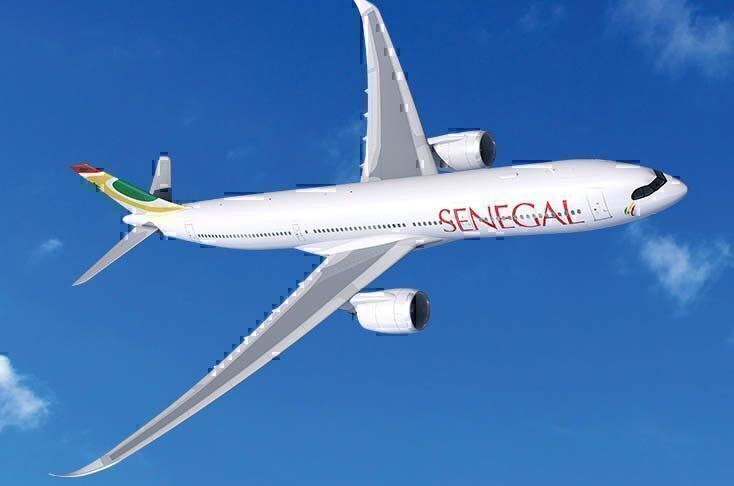The aviation market in Africa is continuing to grow. Therefore, many countries on the continent have stepped up their game when it comes to national carriers.
With the introduction of its new flag carrier in 2016, Senegal is in the process of growing Air Senegal. The carrier is developing its routes and fleet. Along with this, it's continuing to optimize its connections. Simple Flying has taken a look at the young African carrier, and its potential for expansion in the coming years.
Air Senegal
Air Senegal is the state-owned flagship carrier of Senegal. It was created in the year 2016 and is based out of the Blaise Diagne International Airport in Dakar. Air Senegal was set up to replace Senegal's bankrupted Senegal Airlines and it forms part of the country's 20-year investment plan. Its goal is to become the leader in West African air transport, and it finds itself under the very able management of Philippe Bohn, a former Vice President of Airbus.
Air Senegal's fleet currently consists of six aircraft. The carrier operates three Airbus A319s, one Airbus A330-900, and two ATR 72 aircraft. Air Senegal currently flies to 10 destinations, mostly regionally to West African countries, with several new routes commencing before the end of 2019.
Route expansions
Most of Air Senegals current operations are focused on regional air travel in West Africa. Destinations include Gambia, Benin, and Côte d'Ivoire, amongst others. The airline services one European route, flying into Charles de Gaulle airport in Paris. To increase its services, and to enter further markets, Air Senegal will introduce a further five destinations before the end of the year:
- Nouakchott–Oumtounsy International Airport, Mauritania - 25 November 2019
- Mohammed V International Airport, Morocco - 3 December 2019
- Marseilles Provence Airport, France - 12 December 2019
- Barcelona–El Prat Josep Tarradellas Airport, Spain - 12 December 2019
- Nnamdi Azikiwe International Airport, Nigeria - 19 December 2019
The new France and Spain routes are combined in a Dakar-Marseilles-Barcelona-Dakar route that announces the airline's entry into Spain, and will service three weekly routes.
With South African Airways cutting its Dakar-Washington route, Air Senegal announced its intention to open its own US flight within the next six months
Fleet expansion
In order to service its routes, including the new expansions, Air Sengal recently took delivery of its third A319(25 May 2019) and its very first A330neo (8 March 2019). These aircraft brought its operational fleet size up to six aircraft, and has enabled the carrier to effect its route expansion. Altogether, the carrier currently has another A330-900neo on order.
As part of its A330neo expansion, Air Senegal recently signed an agreement with SITAONAIR to offer passengers access to high-speed connectivity. Subsequently, it has become the first African airline to activate GX Aviation passenger connectivity onboard.
Moreover, it is this type of innovation that will allow it to challenge regional competitors. Therefore, it can eventually take on the current African powerhouses.
The next big thing?
After picking up the CFI Most Promising Regional Airline (West Africa) award in 2018, Air Senegal is on its way fulfilling its part in Senegal's Plan Emergent Senegal (PSE). The development plan is part of a national strategy that aims to increase investment and economic growth in the country, and the flag carrier is central to that plan.
Air Senegal's strategy is similar to that of Ethiopian Airlines' strategy, in that it focuses on ownership, autonomy, and expansion. Ethiopian Airlines currently sits on the top of the pile for African carriers. However, Air Senegal could be well placed to soon become Africa's next big airline. Under strong management, the national carrier has been investing in asset acquisitions, setting up the foundation for expansions in 2019.
IATA is predicting that African aviation will see expansion at around 5% per year, within the next 20 years. Air Senegal has signalled its intent to be a part of that expansion. Perhaps it may even help to lead the expansion in the years to come?



